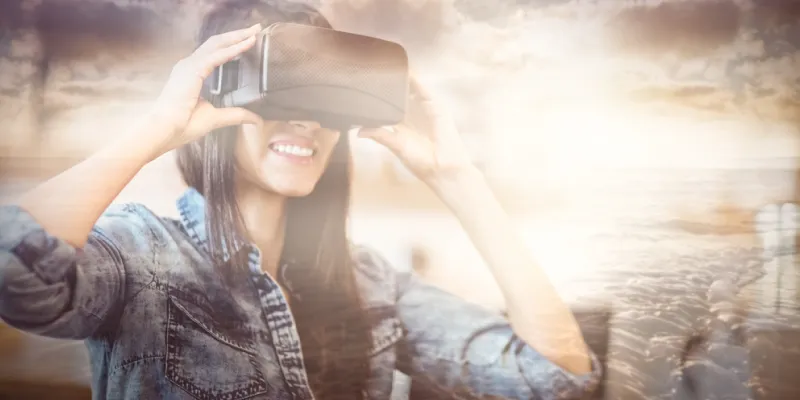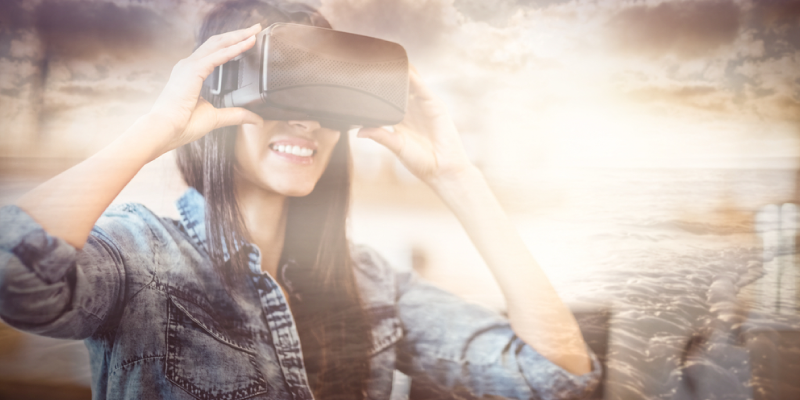The changing faces of travel technology — moving towards a virtual reality
Historically, travel has been at the forefront of technology. Starting from the first global network of interconnected computers to sell airline tickets, to enabling the first e-commerce transaction, travel technology has led the way for other industries to follow. In the last decade, travel has further utilised the socially connected world to provide real user-generated feedback through sites like TripAdvisor. Travel was the first industry to innovate and create commercially viable resource-sharing sites like Airbnb and Uber.

The world has become more interconnected and virtual. There are more social networks online than in the real world. From mere network and connections, technology is poised to move to virtual experiences. Google Cardboard and the Apple Watch are not mere exceptions, but indicate the direction in which technology is moving. Travel could be the first industry which uses these gadgets to provide virtual experiences a commercial reality.
The next generation of travel will first be driven by virtual experiences. For example, when a couple wants to decide on the best location for their honeymoon, they could use virtual experience gadgets to decide on the right location. Schools and colleges could use their gadgets to better teach their students about places. Families who always thought of travelling to distant lands for vacations they could not afford will be able to use gadgets and get the complete experience at a fraction of the cost. Companies could save a lot of the money they currently spend on travel by using these gadgets to conduct multi-location real-time meetings and get the same benefits as one-on-one interactions.
With Google Street View, one can explore various locations, discover new places, and have an opportunity to look into the interiors of museums, shopping complexes, restaurants, parks, and much more. Travellers can take snapshots of the places they visit and share them with the world through Google Maps, enabling anyone to go anywhere in the world just by zooming in and out. Besides, it has a voice-enabled feature that allows users to say the names of places aloud, with Street View taking them to those locations.
Now, one can experience the Caribbean or Oceania from the comfort of his/her couch. Prior to travelling, one can walk into any place and see the hotels and rooms they are going to stay in and experience the places they are going to visit. VR headsets provide 360-degree videos and panoramic images, as also sound loops that can give anyone goosebumps. One can have a virtual walk around the entire place and decide on their trips and build their expectations.
Thomas Cook’s 'Try before you fly' received global appreciation and recognition. It is an innovative approach where prospective customers can walk into their store and have the 360-degree view of the places they are going to visit, going to stay and the adventures they are going to experience. The project turned out to be successful as sales rose.
Currently, companies like The North Face are already providing unique brand experiences that put its viewers at the centre of an adventure, making them feel like they’re climbing to new heights at Yosemite National Park. Further, companies like Qantas, British Airways, and Marriott are using virtual reality to help customers experience their products.
Google provides two virtual reality platforms — Cardboard and Daydream. Both these platforms come with their own libraries, APIs, and software development kits for developers to create virtual reality applications. Qualcomm recently announced a new virtual reality software development kit called Snapdragon. Oculus has released its development kit that allows developers to build amazing experiences. While virtual reality technology is at a nascent stage, several big companies are investing a lot of time and money on these projects. Further, given the huge impact that virtual reality technology could make to people globally it could be a great place for startups to create an impact.
Technologies using virtual reality to enhance user experience have become a reality. The travel industry has already started deploying some of these products to market their products. This trend will soon accelerate and reach more and more travellers as newer, cheaper products arrive in the market. Better and more sophisticated developer tools will ensure that newer products are created at a faster pace. Venture capitalists have invested over $1.2 billion in the first quarter of this year into virtual reality companies. Travel will once again be at the forefront of this technology revolution and provide its users amazing products.
(Disclaimer: The views and opinions expressed in this article are those of the author and do not necessarily reflect the views of YourStory.)








![[App Fridays] J&K teen builds Dodo Drop, a Made-in-India alternative to SHAREit](https://images.yourstory.com/cs/2/70651a302d6d11e9aa979329348d4c3e/appfriday800x400-1596703848981.png)


